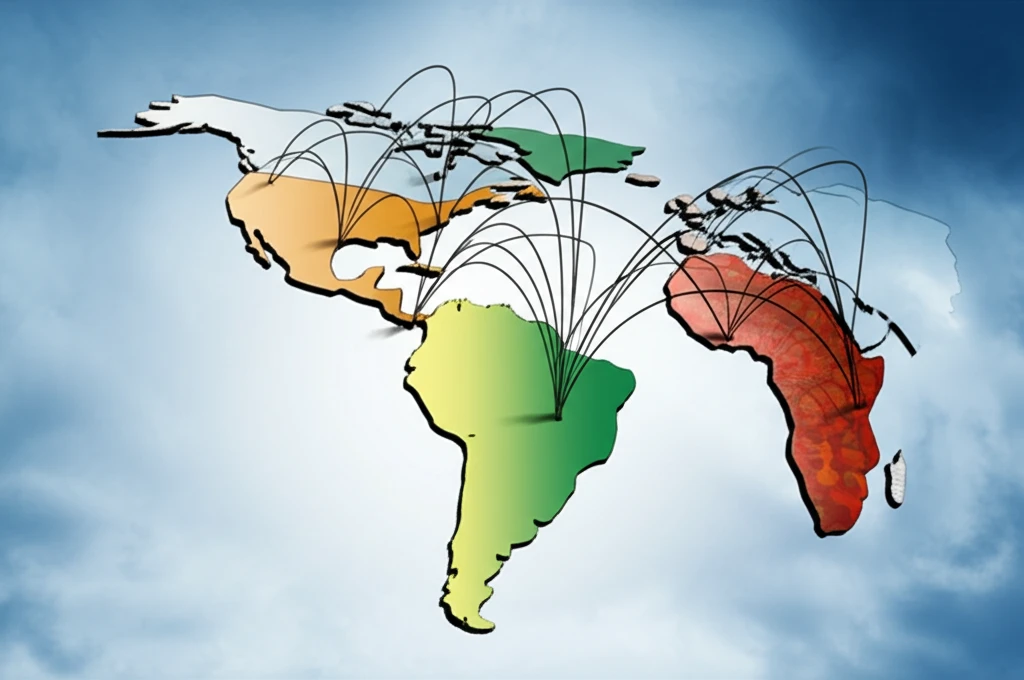
Is Economic Convergence Across the Americas Possible? A Survival Analysis
"Discover how survival analysis reveals the hidden factors influencing GDP growth in the Americas and what it means for the region's economic future."
In today's economic landscape, understanding how countries achieve specific levels of economic growth is more critical than ever. A recent study examines the economic trajectories of 33 countries in the Americas, providing insights into what drives their success or stalls their progress.
The research uses a sophisticated approach called survival analysis to explore the time it takes for these countries to achieve a 5% increase in GDP per capita. This method allows researchers to consider various factors, including vulnerabilities and risks, offering a comprehensive view of the challenges and opportunities each nation faces.
By integrating machine learning algorithms and economic interpretation, this study contributes to both theoretical advancements in economic literature and the development of more effective policies aimed at promoting sustained economic growth. It's a deep dive into the economic dynamics of the Americas, offering valuable lessons for policymakers and stakeholders.
Decoding Economic Growth: What Factors Really Matter?

At the heart of the study is an effort to understand the intricate relationships between various factors and the time it takes for a country to achieve a 5% increase in GDP per capita. The researchers considered a range of key variables to capture multifaceted vulnerabilities:
- Vul_Inherent: Captures inherent vulnerabilities like proximity to global markets and landlocked status.
- Vul_Fragility_Democracy: Focuses on the stability of democratic institutions.
- Vul_Human Rights: Assesses equal treatment and absence of discrimination.
- Natural Risk: Assesses disasters as occurrences or situations that surpass local capacity.
- Commercial Risk: This variable captures the commercial risks associated with countries.
- Financial Risk: Focused on economic stability.
- Endogenous Risk: Examining internal economic factors.
Charting a Path to Economic Convergence: Key Takeaways
This study offers valuable insights into the factors influencing economic growth in the Americas, providing a foundation for informed policymaking and strategic decision-making. By understanding the complex interplay of risks, vulnerabilities, and capabilities, countries can tailor their policies to address specific challenges and leverage their strengths, ultimately charting a path towards sustainable economic convergence.
